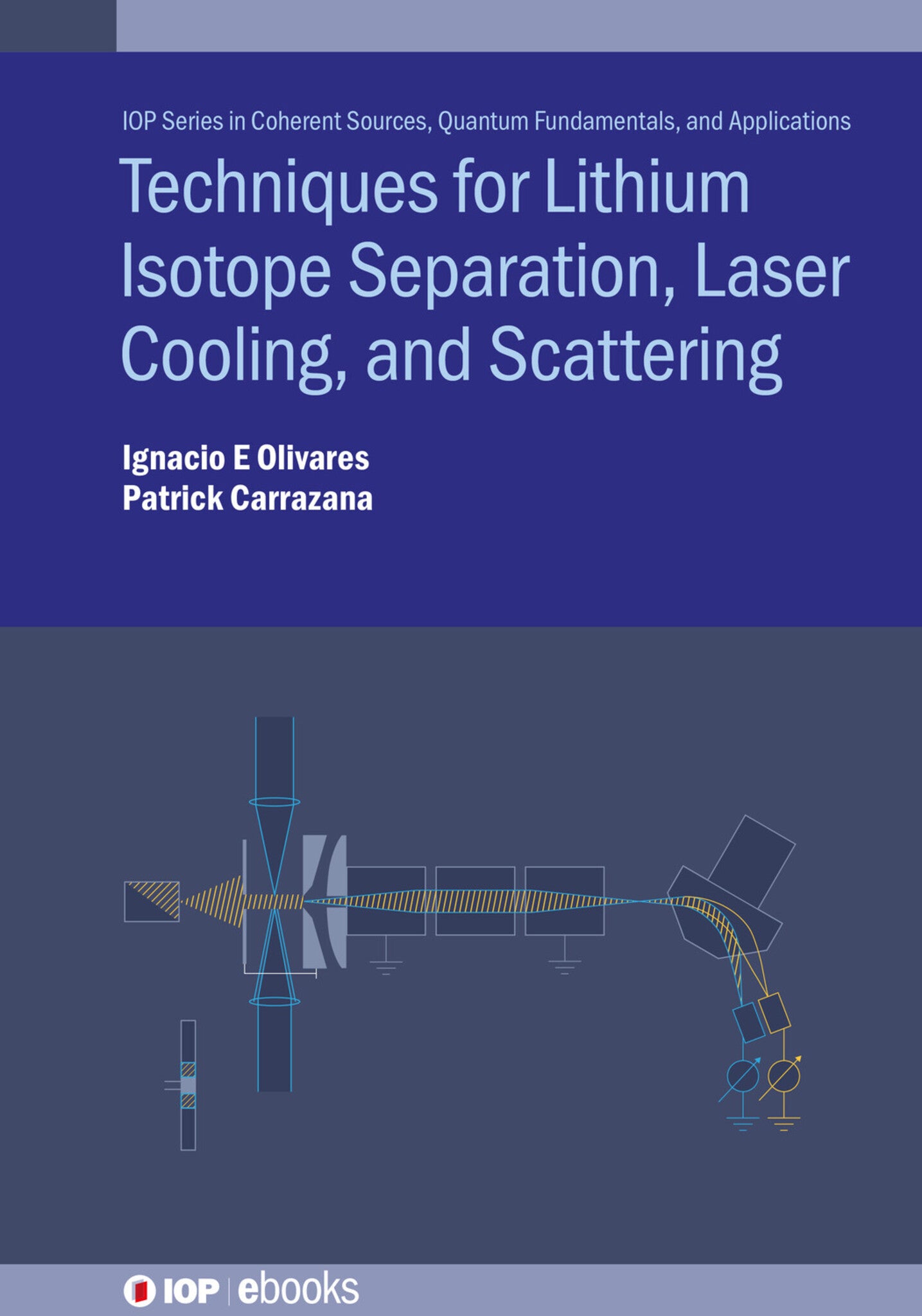We're sorry. An error has occurred
Please cancel or retry.
Techniques for Lithium Isotope Separation, Laser Cooling, and Scattering

Some error occured while loading the Quick View. Please close the Quick View and try reloading the page.
Couldn't load pickup availability
- Format:
-
07 September 2022

This book explores the basics of how to construct a laser isotope separation experiment, as well as a laser cooling magneto optical trap. It reviews the basic optics, quantum mechanics and the atom-field equations and rate equations that include the transition probabilities for lithium and rubidium. The book includes a full description of different diode laser cavities and the methods used to assemble and tune lasers. Throughout the work detailed step-by-step thorough explanations of these experimental techniques are provided.
The key readership includes upper level undergraduate and graduate level students on courses such as modern techniques in experimental physics lab.
Key Features:
- Provides experimental details for laser cooling and trapping
- Includes laser isotope separation
- Describes the basic optics fundamentals needed to understand the experiments
- Includes chapter problems, exercises, and examples
- Explains the components and equipment needed

SCIENCE / Physics / Optics & Light, Optical physics, Quantum physics (quantum mechanics and quantum field theory)

1. Introduction
2. Quantum mechanical background: light-matter interaction
3. Optical instrumentation and detection
4. Vapor generation and vacuum.
5. Tunable diode laser characteristics
6. Absorption spectroscopy
7. Lithium and Rubidium spectroscopy
8. Lithium isotope separation
9. Laser cooling
10. Summary



